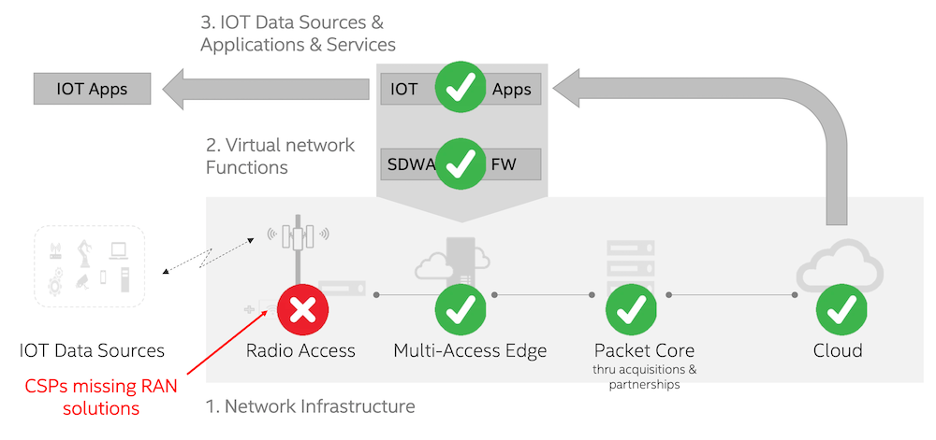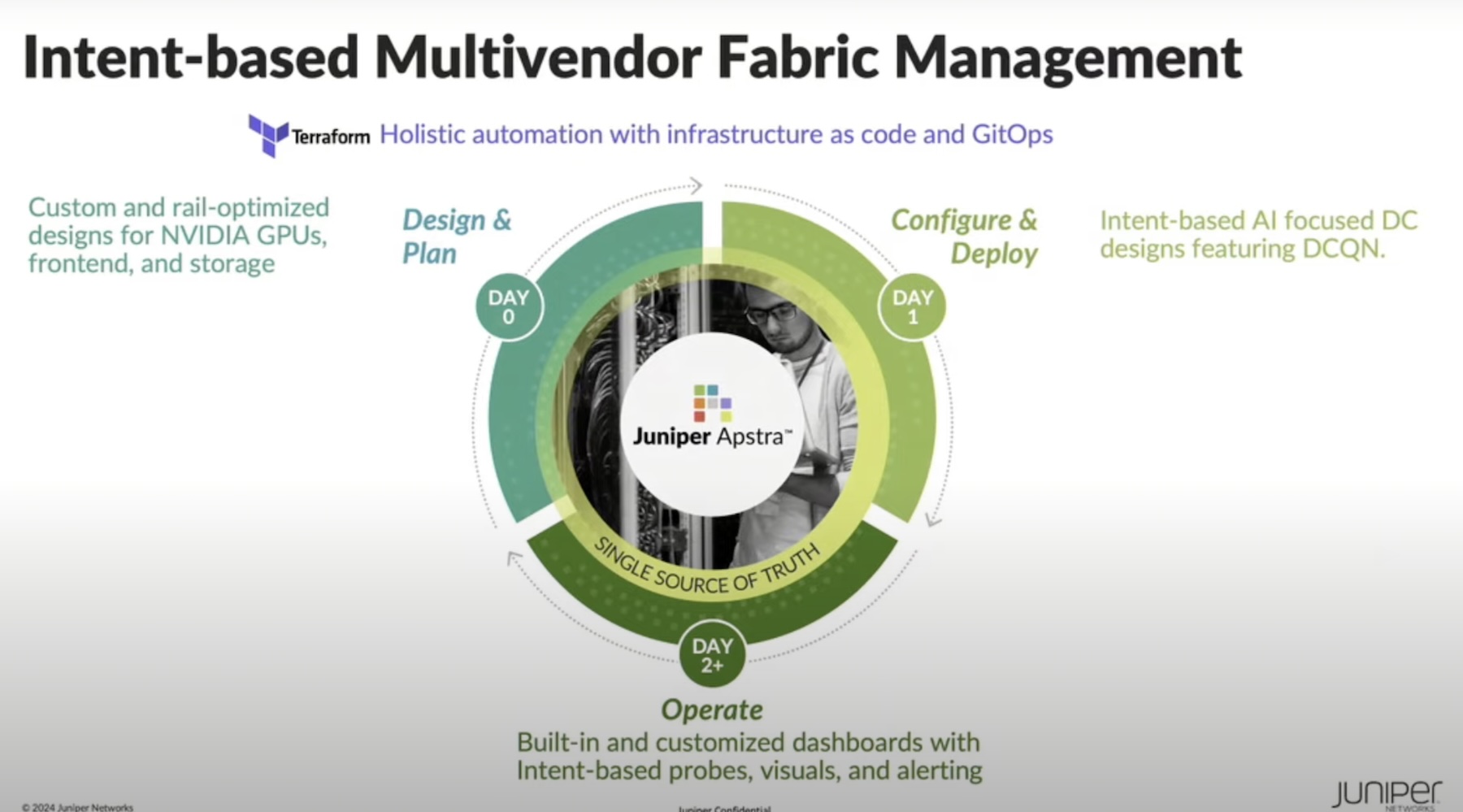As 5G has gone from the drawing table into the market at large, use cases for it have been hard to track down. Sure, it sounds great for carriers who want to offer the latest and greatest, but what about the way that it can advance where we work, how we work, and the future of devices doing more of the work for us? Recently, Intel Corporation put together a great presentation outlining what Private 5G wireless networks can do for you and your business. Here are some high-points to what Intel’s vision of private 5G is and how you can benefit from it.
First off, what is mid-band 5G?
5G has a number of different flavors, what I am focused on with this application is mid-band 5G. The 3.55-3.7GHz spectrum in the United States was allocated for the Citizens Broadband Radio Service (CBRS) spectrum. This is a form of mid-band frequency space that can be used for 5G.
As it resides under the millimeter wave portion of the RF spectrum and above the low-end sub-GHz range, mid-band is great at producing large amounts of data in a decent size coverage area. With low-band 5G you get plenty of distance, but the tradeoff is speed. With the high-band 5G spectrum, you get tons of speed, but with complete line of sight and short distances.
Mid-band 5G makes a great play for enterprises looking to add capacity and coverage in a secured and robust way, without having the interference characteristics, security issues, and amount of radios needed for Wi-Fi.
In the 5G vs. Wi-FI war, who wins?
The answer is yes. They both win. 5G services in private networks aren’t better per se than Wi-Fi and Wi-Fi isn’t better than 5G. They both do different things, complement each other, and allow you as a network operator, even at the smallest LAN size, to take advantage of doing things with the correct frequencies and maintaining your air space in a way that benefits your network. In the same way that you wouldn’t use one residential sprinkler to water a soccer pitch, you need to be thoughtful about what your network needs, how it needs it, and how you can provide that.
The coverage areas provided by mid-band 5G such as the CBRS frequency are great at limiting dead spots, increasing your coverage area, and adding reliability to your wireless infrastructure. As Intel notes, Coverage, Capacity, and Control (the 3 Cs of 5G) are all existent on a private 5G network.
Security is one of the best features of Private 5G networks
Being able to only activate devices that are physically authorized to be on your network using SIM or eSIM chips is a pretty big benefit to deploying these types of networks. You set the devices, connection parameters, quality of service and more to specific devices. Unauthorized devices simply have no way to access air interfaces since their SIM cards aren’t approved.
Why is a private 5G network better than wireline infrastructure?
Well, for one thing, when’s the last time you plugged a handheld inventory scanner into an Ethernet cable that you had to drag around a warehouse? Sure, it sounds hilarious, but think about the security that would provide, coupled with the quality of service of functionality.
Instead of having a wire tethered to a device, private 5G networks provide security, as we mentioned, by way of offering authorized access via a physical SIM or a provisioned eSIM that you can track on your network. Secondly, the amount of dedicated connectivity that an Ethernet cable provides always wins over wireless because noise floor gains and interferes in unlicensed spectrum are uncontrollable. By working with the CBRS frequency set and a Spectrum Allocation Service (SAS) you are ensured that you will have clean spectrum to work with in your area.
What does this mean for my network?
One of the strong points made by Intel was the segregation of IT and OT networks within an organization. How does a private 5G network benefit these networks? Check it out.

Typical Information Technology (IT) applications move information and data across the network to feed users. These types of networks usually require SLAs, security, and speed. While traditionally Wi-Fi is a great way to leverage the airwaves because of the speed, some devices and applications can benefit from private 5G in the IT space. Because of the flexibility in coverage of the spectrum, the security of the end devices, and the capacity provided, IT applications thrive with private 5G.
Operational Technology (OT) networks on the other hand deal with machine networks, IoT networks, and machine to machine communication. These networks can use streams of data that may require SLAs to keep assembly lines moving, for example, while ensuring that the device security is paramount. While the amount of data may not be large, getting it to uncommon locations such as a warehouse floor, a supermarket, or a kitchen at a restaurant may be required; after all that’s where the machines live. By leveraging the larger footprint of mid-band private 5G and the breadth of devices soon to come on the market, you can make a great case for less points of failure on your network for the machines that are doing all of the heavy lifting to make your business run.
So how does a chip maker like Intel play into this?
The ecosystem for private 5G is coming along, and companies like Intel are leading the way. By creating the chips that support the network and integrating them into the components that you need to keep a business running, you have a trusted name in tech that is your partner under the hood. With support for commercial as well as open-source software, Intel has components that work at all levels to make sure what you are trying to do can get done in the best manner possible on your private 5G networks.
As the ecosystem for private 5G emerges and more devices hit the marketplace, it may be a great time for you to look at what private 5G can do for you and your network. Not all wireless is the same, so having another tool in your toolkit to tackle problems and drive solutions is instrumental in building your network of the future. You can do it with private 5G, and Intel can help.
Learn more about Intel’s approach to private networks by watching their Gestalt IT Showcase video.




